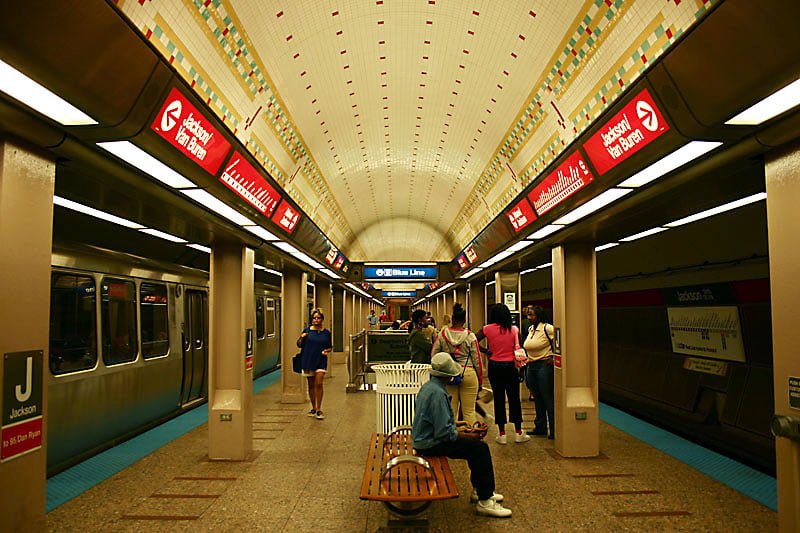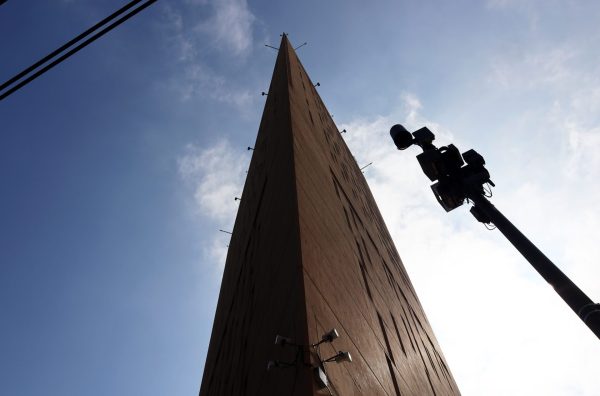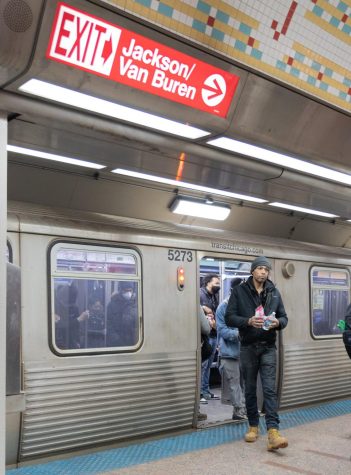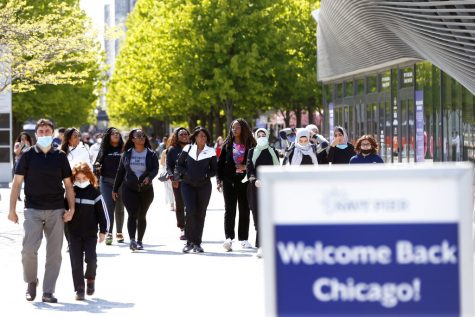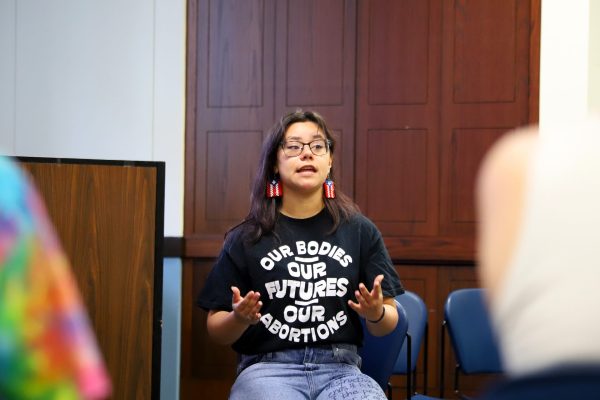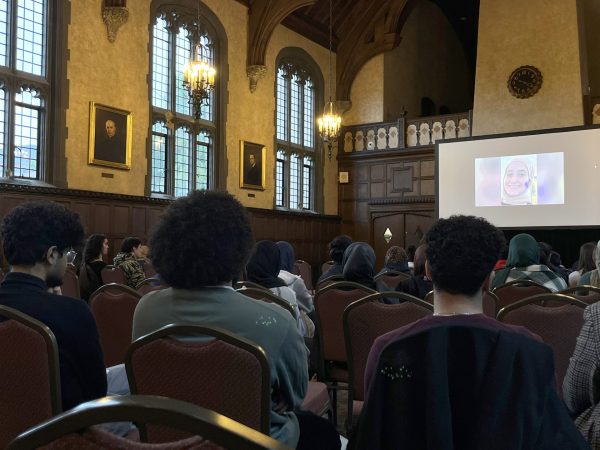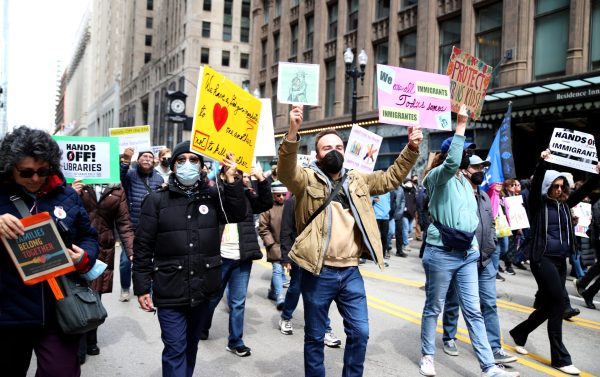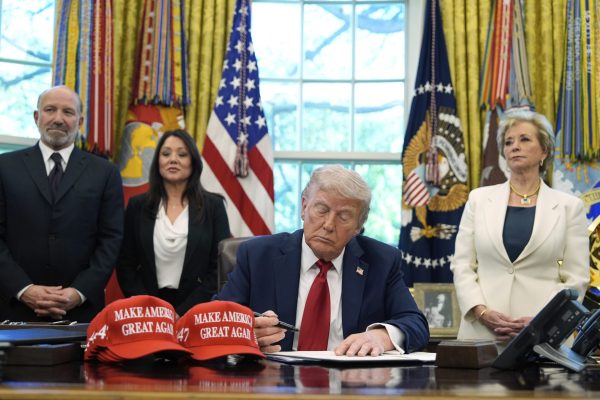CTA to use ride-sharing tax to upgrade security
The CTA says they will add over 1,000 cameras at CTA locations, including cameras at every one of the 146 L stops. (Photo courtesy of Wikimedia Commons)
The CTA is getting a new set of security upgrades funded in part from the city’s ride-hailing service fee, according to an announcement made Feb. 27.
The $33 million worth of improvements include upgrading more than 3,800 older security cameras to new high-definition versions, as well as adding 1,000 new cameras. Other modifications include the addition of video monitors at all 146 CTA rail stations, as well as better lighting installations at some stops. Some of those 1,000 cameras will also be added to more than 100 CTA bus turnaround locations, according to a CTA news release.
The city is hoping the new security upgrades help Chicago police catch more criminals, and they designed the program in partnership with the CPD.
“Both CTA and CPD believe cameras do have some deterrent effect—and we want would-be criminals to know that cameras are everywhere on CTA,” said CTA spokesman Jon Kaplan.
Since 2011, CTA cameras have helped police investigate, arrest and charge more than 1,300 individuals, according to the CTA.
Riders can expect to see the changes rolling out on the Red and Blue lines later this year, though the project will ultimately take place over several years.
“When this project is complete, every single CTA rail station on all eight rail lines, as well as all CTA-owned bus turnarounds, will have received security improvements,” Kaplan said.
Joseph Schwieterman, a professor in the School of Public Service and the director of the Chaddick Institute for Metropolitan Development at DePaul, says the announced changes make sense given widespread safety concerns from riders.
“I think putting security front and center is really important to win back passengers traveling at irregular hours. … During off-hours empty trains evoke fear of crime, so the cameras will certainly help.”
According to Schwieterman, low fuel prices and increased competition from ride-sharing companies like Uber and Lyft have hindered the CTA’s income during a time when riders are feeling less and less safe.
Chicago’s ride-hailing tax was introduced late last year in an effort to help the city recoup what it says is over $40 million in lost revenue; the city argues that’s due in part to the rapid growth of the ride-sharing industry, which has made people less likely to ride with public transit.
And while Mayor Emanuel claimed in February that “Chicago is the first city in the nation to create a ride-hailing fee dedicated to transit,” Schwieterman says there are concerns that money shouldn’t be going entirely to the CTA.
“Uber and Lyft are adding vehicles to the road, but the tax isn’t going to maintain the road; it’s going to the CTA … the problems (Chicago) has with ride-hailing services are primarily on the streets, and funding for street repairs is low,” he said.
Junior Jack Burke said that his experiences on the CTA have been more or less docile.
“Maybe I’m more aware, but never defensive,” he said.
The ride-share fee went up 29 percent to 67 cents in Emanuel’s 2018 budget, which was approved by the city in November of last year. Another 4 cent increase is set for 2019.
While the ride-sharing fee is helping to fund most of the security improvements within the city, it is not going to fund them all.
“The funding we expect to generate through the ride-hailing fee represents only a portion of the funding we will be using for the ‘Safe and Secure’ program. The remaining funds will be a mix of other CTA funding sources, including federal grants earmarked for security improvements,” said Kaplan.

